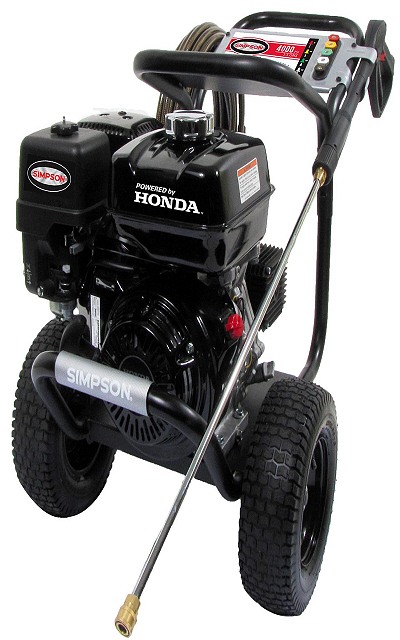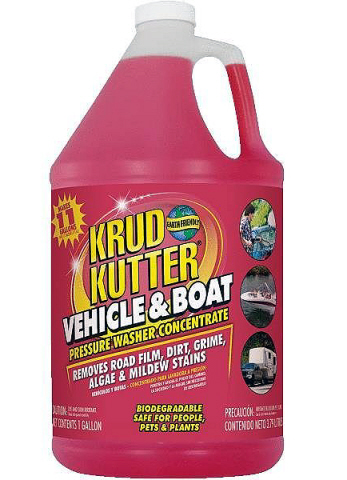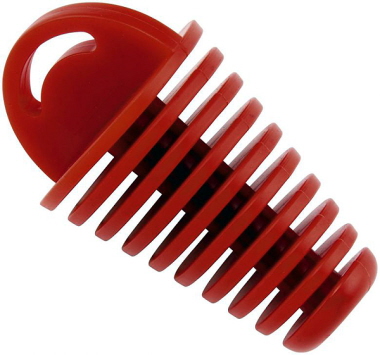Your Guide to ATV Pressure Washing

Let’s face it, this is the time of year when coming back from a solid ATV or UTV ride almost assuredly means some caked on mud, grime, crud or crust. Really good rides may contain some of each. Before parking it onto the pristine concrete of the garage, taking out the ol pressure washer and giving your loyal steed a proper shower is often a part of the post-ride routine.

We’ve assembled some of the greatest tips, tactics and pointers throughout the years in the hopes of making the chore a tad bit less risky.
Fogging

It’s generally easy to just start blasting away but lightly fogging (or presoaking) your machine with a detergent or degreaser (we like Simple Green) actually saves a lot of time, chemicals and water in the long run as it loosens up the mud’s bond with the vehicle even before you start blasting.
Time it Right

Spray off detergents, especially those on reflective metal or painted surfaces, before they dry out to avoid spotting.
Shady Operation
Whenever possible, do your cleaning routine out of direct sunlight. Chemicals simply dry too quickly in the direct sun to be removed before they leave deposits.
Some Like it Hot
Hot water will always make for a better solvent than cold. Some units have internal heaters but even if yours does not, this just means don’t be afraid to keep a bucket of hot water on hand for solvent work even if the pressure washer seems more convenient.
Cork It

Don’t even take chances with the machine’s exhaust. Power washers push water with enough pressure that entering the exhaust pipe could lead to major trouble. Many companies sell rubber stopper plugs. In a pinch stuff a shop rag into the end of the muffler or even rubber-band some clear plastic wrap over the end cap if need be.
Under Pressure
Most consumer pressure washers come in forces of between 1,500 and 3,000 pounds of pressure per square inch (PSI). Rarely do we ever go above 1,500 PSI to clean an ATV. Too much pressure can disconnect fuel lines and force water into tight spots like into bearing races and between chain links.
Start up Top

Like anything involving water and gravity, remember to start your work at the top so that the grime and grit you’re removing runs downward. Getting the lower portions spotless first will only be undone once you work your way upward.
Back Away
When focusing your stream on the plastics, particularly those containing decals, back away and apply less pressure. Power washers contain enough force to push water under the corners of graphics and stickers. Distance and constant motion are the techniques of choice when dealing with these areas.
Air Pressure
When you’re done with your cleaning handiwork, it’s often not a bad idea to use the compressor a final time through only this time without the water at all. Blasting air is a good means of drying off the machine, pushing away unwanted standing water and revealing any areas that you may have overlooked. Remember that WD-40 is a water displacer so apply it in any areas where air alone isn’t enough to dry up remaining moisture and, as is always the case with any pressure washed machine, reapply proper lubricant when you’re done. Pressure washing is nearly as good at removing lubrication as it is dirt.
